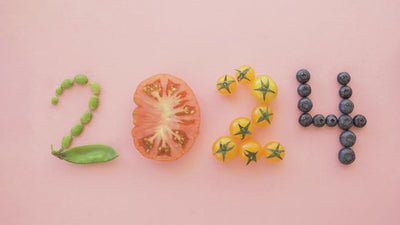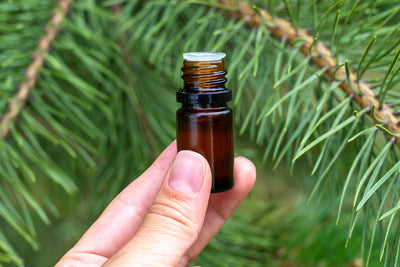From Farm-to-Fork: The Layered Art of Farming Onions 🧅
Onions are the unsung heroes of the kitchen, adding flavour and depth to almost every dish. But have you ever wondered how these humble bulbs go from farm to fork?
Let’s peel back the layers and explore the fascinating journey of onion farming!
1. Starting Strong: Sowing the Seeds 🌱 
The journey of an onion begins with a tiny seed, usually planted in early spring. Farmers carefully prepare the soil, making sure it's well-drained and rich in nutrients.
Onions thrive in loose, sandy loam soil that allows their roots to spread easily. The seeds are sown in neat rows, and with a bit of sunshine, water, and patience, they begin their transformation into one of the world’s most essential ingredients.
2. The Growing Phase: From Seedling to Bulb 🧅
As the onion seeds sprout, they grow into slender green shoots called scallions or green onions. But the real magic happens underground, where the bulb begins to form. This process takes several months, during which the plant draws in nutrients and stores energy in its growing bulb. The leaves above ground help with photosynthesis, providing the necessary energy to develop those layers we love to peel back.
Onions are sensitive to day length, meaning they need the right amount of daylight to trigger bulb formation. There are long-day onions that require more daylight and are typically grown in northern regions, and short-day onions that thrive with less daylight, common in southern climates.
3. Care and Feeding: Nurturing the Crop 💦
Onions are hardy, but they need a little TLC to grow into plump, flavourful bulbs.
Regular watering is crucial, especially during dry spells, as onions need consistent moisture to develop properly. However, too much water can cause rot, so farmers have to strike the right balance. Weeding is also important because onions don’t like competition—those delicate roots need all the nutrients they can get!
4. Signs of Maturity: Harvest Time 👨🌾
After several months of growth, the onion plants begin to signal that they’re ready for harvest. The tops, which once stood tall and green, start to yellow and flop over—a sure sign that the bulbs have stopped growing. This is the cue for farmers to begin the harvest.
Onions are typically harvested by gently pulling them from the soil and laying them out to cure. This curing process, which lasts about 10-14 days, allows the outer layers of the onion to dry and form a protective skin. This not only enhances their flavour but also helps them store longer.
5. Storage Savvy: Keeping Onions Fresh 📦
Once harvested and cured, onions are stored in cool, dry conditions. This prevents sprouting and decay, ensuring that they remain fresh and flavourful for months. Some onions, like sweet onions, have a higher water content and are best used as soon as possible, while storage varieties like yellow onions can last for several months under the right conditions.
6. A New Form: Turning Onions into Onion Powder 👨🍳
1. Slicing and Drying: The first step in making onion powder is slicing the harvested onions into thin, uniform pieces. These slices are then spread out and dried, either using a dehydrator, an oven, or in some cases, simply air drying in a clean, well-ventilated area. The goal is to remove as much moisture as possible to prevent spoilage and ensure a long shelf life.
2. Grinding: Once the onion slices are completely dried, they are ground into a fine powder using industrial grinders. The result is a concentrated, flavourful powder that retains all the essence of fresh onions, but in a convenient, long-lasting form.
3. Packaging: The onion powder is then sifted to ensure a consistent texture before being packaged into air-tight packets. It’s essential that the powder is stored in airtight containers to keep it fresh and prevent clumping.
The Final Slice 🍴
Onion farming is a blend of science, art, and patience. From the tiny seed planted in spring to the bulb that ends up sizzling in your skillet, each step in the onion’s journey is crucial. The next time you chop an onion or cook with onion products, take a moment to appreciate the careful farming process that brought it to your kitchen. It’s a simple ingredient with a rich and layered story!
Onion Fun Fact: Ever wondered why onions make you cry? When you cut into an onion, it releases a chemical called syn-Propanethial-S-oxide. This irritant gas triggers your tear glands, making you weep over your cutting board...





